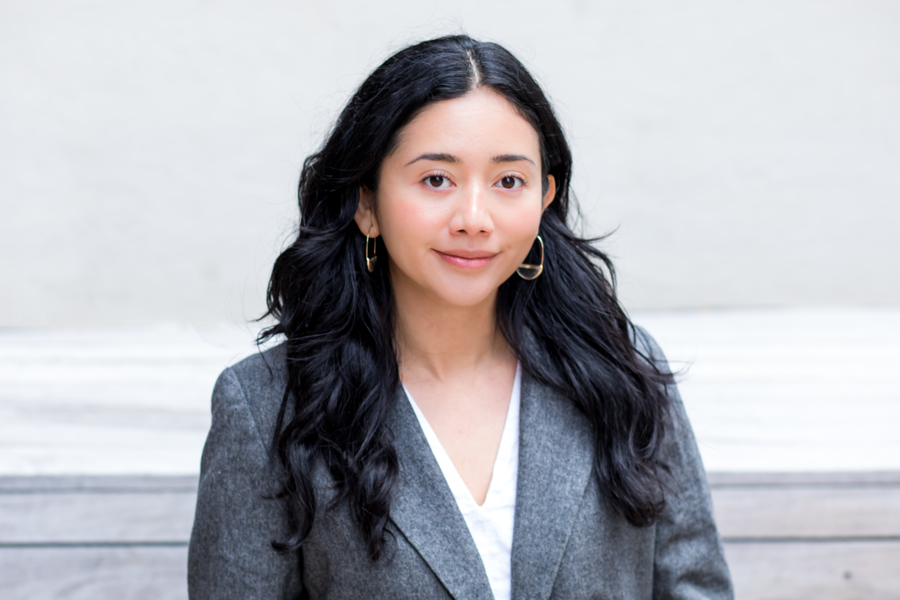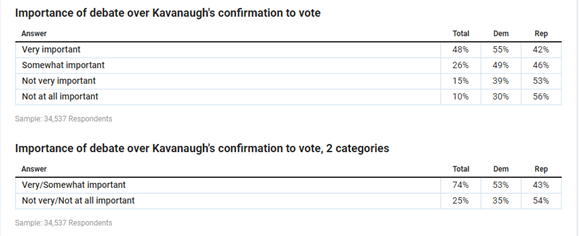Abortion rights, women of color, and LGBTQIA+ people are under attack. Pledge to join us in fighting for gender justice.
All-Male Courts Are Still a Thing and so Are Courts Without Any Women of Color. So, Where Do We Go from Here?

It’s 2024, yet 47 Article III federal courts have never had a woman of color serve as a judge and historically all-male courts in the Western District of North Carolina, Eastern District of Oklahoma, and District of North Dakota still exist. Over the past few decades, our country has become much more racially diverse and women even make up the majority of law school students, yet this hasn’t translated to the federal bench. In states like Alabama where 35.3% of the population are people of color and in Delaware where 40% of residents are people of color, it’s a shame that no woman of color has ever served as a judge on the district courts in either state. Overall, at the district court level, 25 out of the 94 total federal district courts have never had a non-white judge, including in states like New York, Maine, and Rhode Island.
How did we get here? The underrepresentation of women of color judges on the federal bench is a disappointing relic of our country’s past overlooking women of color for senior roles and appointments in the legal profession, including judgeships. President Trump left office in January of 2021 having appointed more than a quarter of all active federal judges, yet 76% of his judicial appointees were men and 84% were white. To correct this imbalance and increase public trust in our courts, the President and Senate must be intentional about appointing and confirming women, particularly women of color, judges committed to equal justice who better reflect our communities.
The historic lack of diversity on the bench has made the Biden administration’s commitment to appointing highly qualified women, particularly women of color, to judgeships even more meaningful. The Biden administration has prioritized nominating a diverse pool of judges—especially compared to his predecessors. Under the Biden administration, out of the 166 Article III judicial appointments through December 2023, 108 were women and 70 were women of color. Just last year, we saw Judge Irma Carrillo Ramirez confirmed as the first Latina to serve on the Fifth Circuit, and Judge Cindy Chung confirmed as the first Asian American on the Third Circuit. We also celebrated the confirmation of Judge Nancy Abudu, a civil rights champion and the first Black woman to serve on the Eleventh Circuit. Despite this inspiring progress, no woman of color has ever served on the U.S. Court of Appeals for the Eighth Circuit or the Tenth Circuit.
The Biden administration’s emphasis on appointing women of color judges and judges with civil rights and public defender experience has made significant headway in closing the gender and racial and ethnic diversity gap these past three years. Additionally, the majority of women of color judges he appointed have brought professional diversity to the bench, increasing the number of former and current public defenders, civil rights, and legal aid attorneys. This diversity brings a vital underrepresented perspective to the judiciary and an understanding of how the ability of women and girls to live fulfilling lives is shaped by our laws.
The Biden administration and the Senate need to continue filling critical judicial vacancies and prioritize filling vacancies where women of color are underrepresented—especially in the South, where people of color make up a high proportion of the population and our rights are under attack. In the Fifth Circuit, which hears cases from Texas, Louisiana, and Mississippi, there are still ten district court vacancies without nominees. The impressive judicial appointments over the past three years have been critical to making our court look more like our country, but there is still more work to be done. President Biden and the Senate need to act now to fill every vacancy with nominees committed to equal justice for all who understand the lived experiences of women, girls, people of color, LGBTQ people, and people with disabilities, and how the law shapes our lives.





